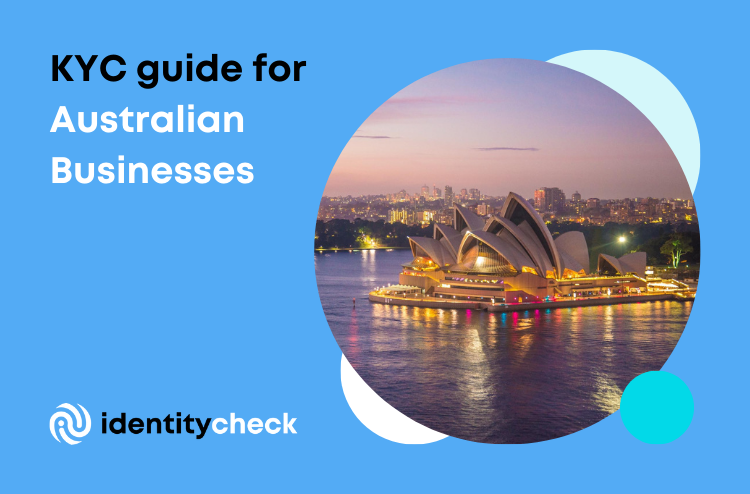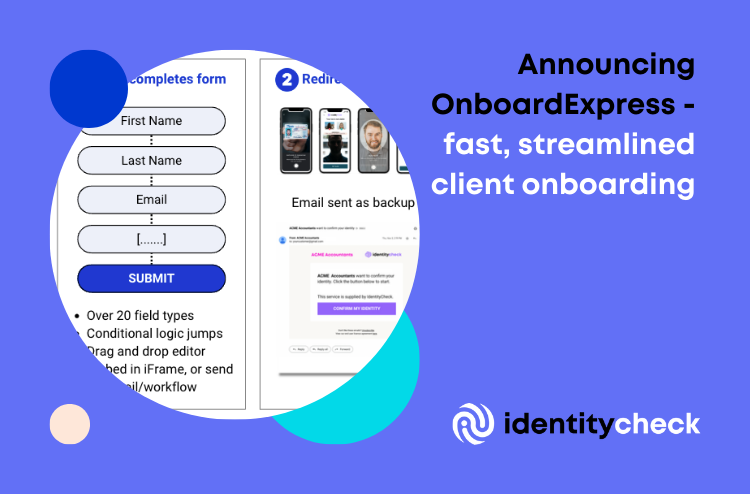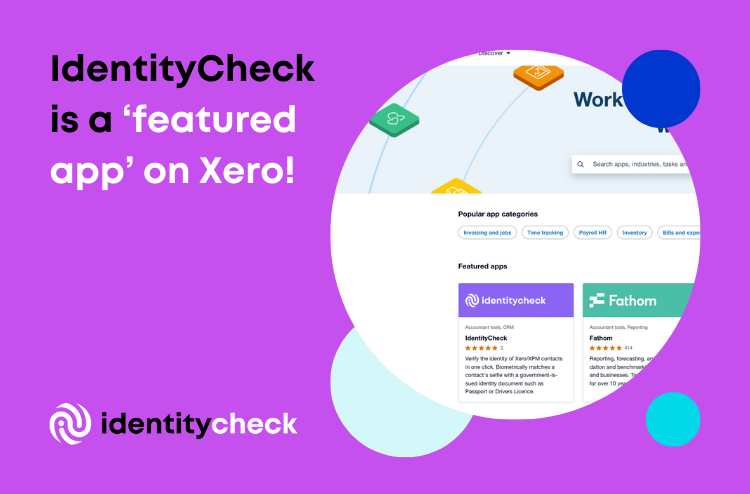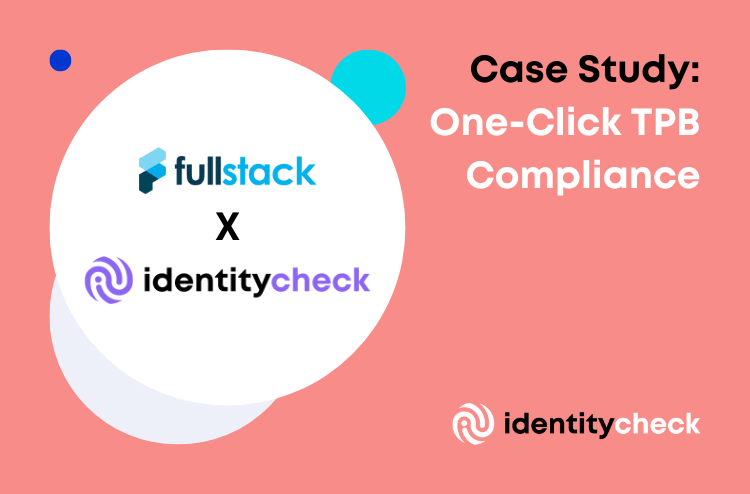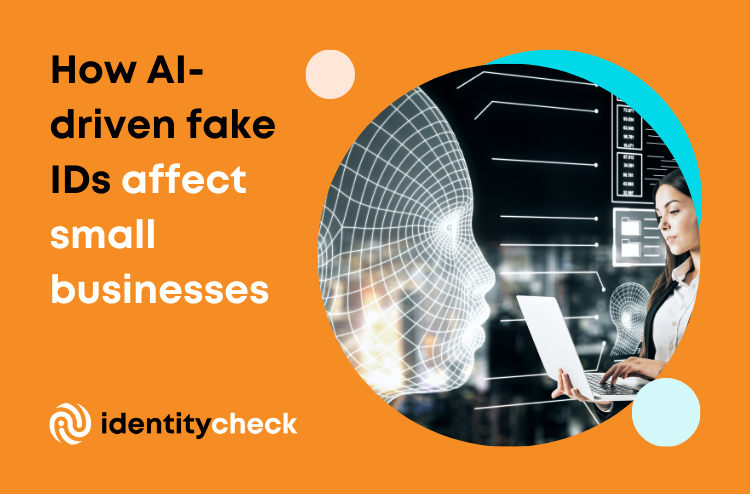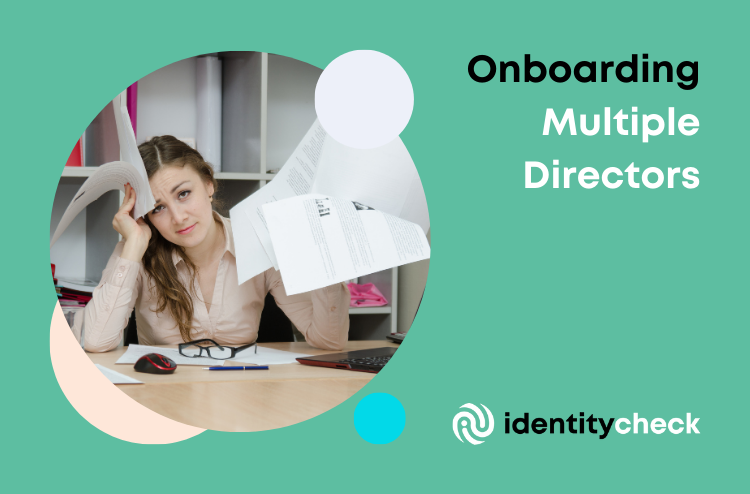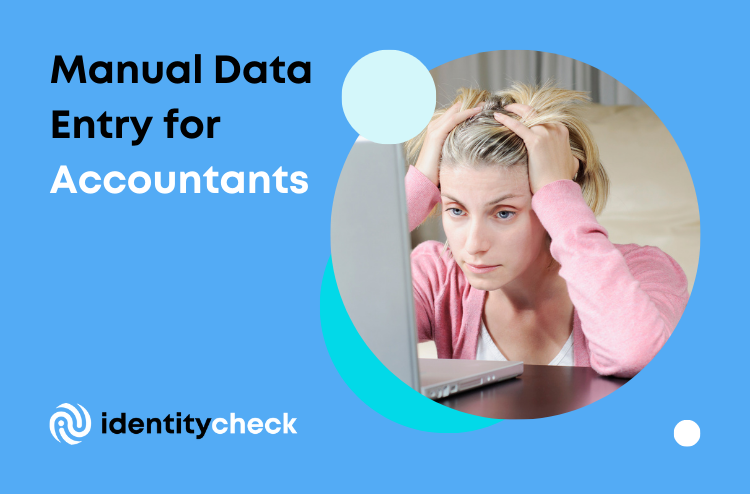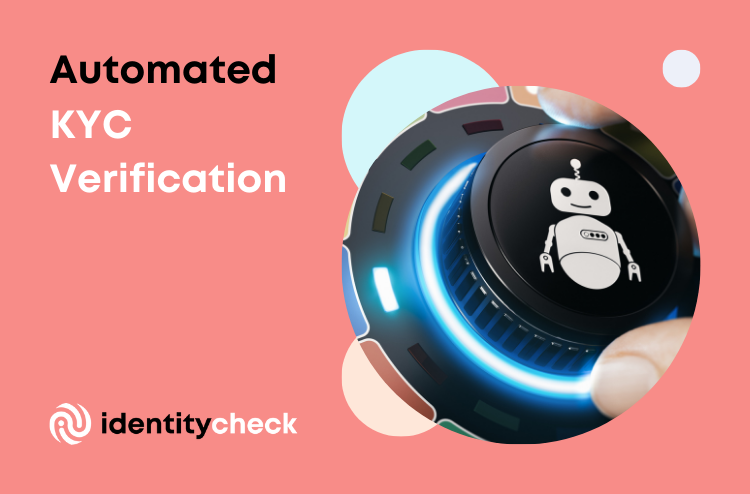Introduction: What Exactly is KYC?
KYC stands for “Know Your Customer” and this is a process of verifying the identity of a client, customer or user. It used to be typically only done by banks and other financial institutions to identify people who are opening an account for compliance with government regulations about money laundering and terrorism financing. Increasingly, with the global nature of trade and increasing risk of fraud in internet businesses KYC has been adopted in other industries as well such as Real Estate, Crypto, E-Commerce, Gaming and E-Healthcare.
The KYC process usually involves collecting personal information such as date of birth, address, employment status, and past transactions by means of verification of identity documents, bank statements and other such sources of personal information.
KYC Requirements for Australian Financial Institutions And What They Mean For Your Business
The Australian Transaction Reports and Analysis Centre (Austrac) has recently introduced new KYC requirements for financial institutions in Australia. These requirements are aimed at improving the integrity and security of the banking system.
The new KYC requirements will require banks to identify their customers, assess their risk profiles and develop a tailored approach to managing that risk. They will also need to monitor customers’ transactions on an ongoing basis.
KYC Requirements for non-regulated businesses looking to manage risk
As businesses attempt to move services and solutions online they are faced with a great amount of risk in terms of cyber fraud. To manage such risk in most industries it is important to have processes that allow them to uniquely identify an individual to deter forged identities and have legal recourse in case of fraud.
The biggest cost to KYC is not just in the time required for completing the verification process and getting approved, but also in the cost associated with customer service. Businesses may have to hire new staff, train employees, or even implement a new company policy for customers who need help.
The biggest benefit of automated KYC is reducing customer onboarding time and friction. This means that businesses can get their customers through the sign-up process quickly and with less difficulty, which in turn reduces the chance of customer abandonment or fraud.
Two Types of KYC
AUSTRAC identifies some key considerations for businesses looking to undertake reliable and independent document verification.
Excerpt from AUSTRAC
To determine whether electronic data is reliable and independent you must consider whether the data is:
- accurate
- secure
- kept up-to-date
- comprehensive (for example, how many listings are included in the data and the period over which it has been collected)
- verified from a reliable and independent source
- maintained by a government body under legislation
- able to be additionally authenticated.
Identity Verification
Using the latest AI-powered verification solutions it is possible to verify the identity of a government-issued identity document. This is analogous to being handed an identity document in person and verifying by yourself if the image on the document matches the person in front. Ensuring that the document does not look or feel fraudulent and/or is not expired.
IdentityCheck is such a solution, in terms of being able to verify the following Australian identity documents:
- Australian Drivers Licence
- Victoria
- New South Wales
- Queensland
- ACT
- Western Australia
- Tasmania
- Christmas Island
- Cocos (Keeling) Islands
- Norfolk Island
- Northern Territory
- South Australia
- Australian passport
- Australian ID card
Additionally, the same process can be extended to over 10,000+ document types in over 100+ countries around the world.
Pricing for such plans is simple, affordable, and you can be started in minutes. Sign up here, free, no credit card required.
Here is the high-level process for a person undergoing verification:
- They receive an email containing their unique verification link
- Upon visiting the link, they receive a QR code which they can scan with their smartphone
- Following on-screen prompts, they will then take a picture of their identity document (front and back) and a selfie
- Done!
Some other options include – Australia Post Identity Verification and ShuftiPro
Identity Document Verification
The Office of the Information Commissioner (OAIC) is the independent national regulator for privacy and freedom of information in Australia. Through their partners in industry, they provide the Document Verification Service (DVS) which allows businesses to conduct KYC checks against central government servers for the validity of the documents.
TrueBlue is one such service that packages the Document Verification Service (DVS) in a Privacy and small business-friendly package. It allows administrators to trigger checks via emails for users who receive a unique link to a verification session.
- User clicks the link
- Selects a document type
- Australian Driver Licence
- Australian Medicare Card
- Australian Passport
- Enter document details – such as name, document number, etc
- Submit the form
The form details are verified and only the verification result true/false is reported back to the administrator. This means none of the privacy details are supplied or stored on any servers that can be accessed post the verification date.
Final words
KYC can mean different things in varying contexts in both regulated and non-regulated industries. In this article, we have attempted to provide a nuanced outlook on how KYC practices can be adopted and how they differ from one another in the Australian context. In the next few articles we will take on explaining Know your business (KYB), Politically Exposed Person (PEP) and Sanctions monitoring, Anti Money Laundering checks and much more.

